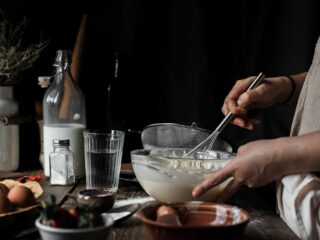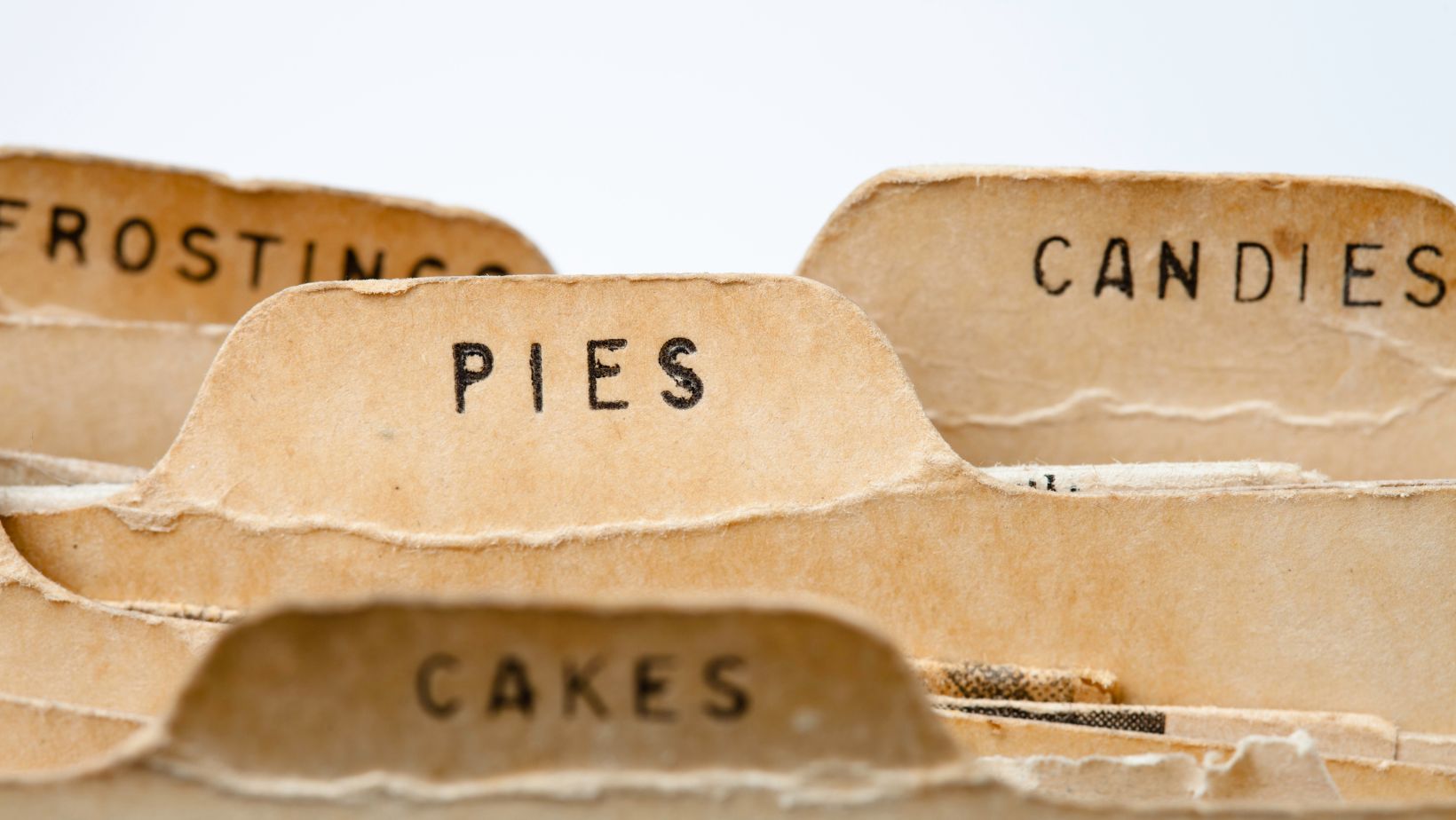
When it comes to baking or cooking, precision is key. You’ve probably found yourself asking, “How many tablespoons are in 100 gr tepung berapa sendok makan of flour?” Well, you’re not alone. It’s a common query among culinary enthusiasts and amateur bakers alike.
Understanding the conversion of weight to volume can be a bit tricky. But don’t worry, we’ve got you covered. This article aims to shed light on this very topic. We’ll explore the relationship between grams and tablespoons when it comes to flour, helping you nail that recipe every time.

100 GR Tepung Berapa Sendok Makan
To truly unlock the secret behind successful baking and cooking, it’s crucial to grasp the concept of measurements conversions, particularly from grams to tablespoons. This section will dive deep into understanding how this conversion works and why it’s a key factor for culinary precision.
What is Gram to Tablespoon Conversion?
Gram to tablespoon conversion is a common method used in baking and cooking to convert weight measurements (grams) to volume measurements (tablespoons). It’s important to note that this conversion can vary based on the substance being measured. Let’s consider flour for instance – it’s lightweight and the volume can change depending on how tightly it’s packed into a cup or spoon.
So, when we talk about how many tablespoons there are in 100 grams of flour, we aren’t looking at a simple one-size-fits-all conversion. Different kinds of flour like all-purpose, bread, cake or wheat will each have a slightly variant conversion rate. However, as a general rule of thumb, 100 grams of all-purpose flour approximately equates to 12.5 tablespoons.
Importance of Knowing the Conversion
Accuracy is vital in the culinary world, and more so in baking. Being knowledgeable about the conversion from 100 gr tepung berapa sendok makan to tablespoons can drastically improve your results. Baking is a science and it relies profoundly on precise measurements. It’s all about quantities and balance.
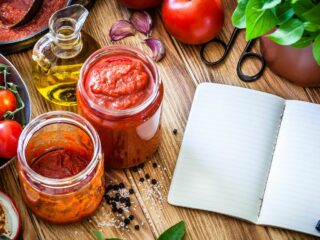
After understanding the concept of conversion, you’ll delve in deeper by exploring the practical side of it: How to convert grams into tablespoons when dealing with flour. This will aid you in your baking journey, providing you with the proper tools and knowledge to excel in your culinary endeavors.
Simple Conversions to Remember
Being adept in the kitchen often involves a keen understanding of measurement conversions. Unraveling terms like 100 gr tepung berapa sendok makan is easier when the underlying concept of conversions is clear. Let’s delve deeper into this world of culinary math.
Converting Grams to Tablespoons
First off, why is it important to be able to convert grams to tablespoons? To put it plainly, different regions use different units of measurement in their recipes. Moreover, not everyone has a kitchen scale at their disposal. Therefore, a recipe might call for 100 grams of flour, but without a scale, you’re left scratching your head. Here’s where the conversion to tablespoons comes in.
Typically, 100 grams of all-purpose flour is approximately 12.5 tablespoons. Bear in mind, that’s for all-purpose flour. For different types of flour, ingredients, and even different brands, the conversion rate could vary slightly.
Factors Affecting the Conversion
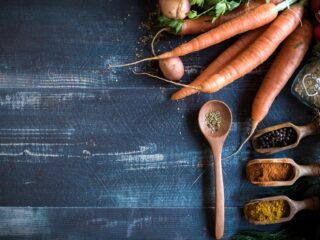
As precise as baking often requires you to be, these minor fluctuations typically won’t drastically affect your end product. Yet, it’s advantageous to be aware of these nuances as they can explain potential minor discrepancies in the outcome.
Common Kitchen Measurements
Will you always need to convert 100 grams to tablespoons? Of course, not! Hence, it’s important to note common kitchen measurements that one encounters on a regular basis. From teaspoons to cups, ounces to grams, the world of baking is filled with different units, each with a unique conversion rate.
Ever tried to whip up your favorite recipe only to get stumped by the measurements? You’re not alone. Common kitchen measurements can be a puzzle. But fear not, this article is here to demystify those confusing cooking terms and measurements.
Whether it’s figuring out how many teaspoons are in a tablespoon, or how many cups make a quart, understanding kitchen measurements is vital for any home cook. It’s the secret to perfecting your cooking and baking skills.
Here’s a quick guide for reference:
| Unit | Conversion Grams |
|---|---|
| 1 Cup | 200 Grams |
| 1 Ounce | 28.34 Grams |
| 1 Teaspoon | 4.2 Grams |
| 1 Tablespoon | 12.5 Grams |
Armed with this knowledge and these handy conversion references, you’ll be better equipped to tackle any recipe – regardless of its unit of measurement. Striving for that culinary precision, you’re close to becoming the confident baker or cook you’ve always wanted to be. Stay tuned for more tips and tricks in the world of baking and cooking, as we continue to explore in the rest of this article.
Practical Tips for Cooking and Baking

Using Conversion Charts
Utilizing conversion charts can prove to be a real game-changer in baking and cooking. They can offer ready reckoners for how to translate different weights into volumes – think grams into tablespoons – or vice versa. It’s important to note that conversion charts are purely approximate. However, they provide a good starting point, particularly for those who are novices in the kitchen.
Adjusting Recipes Based on Conversion
While it’s beneficial to have a grasp of conversions, flexibility in adjusting recipes is equally crucial. As previously eluded, measurements may vary slightly depending on the ingredient’s density and the method of measurement employed. A technique called ‘scoop and sweep’ used in measuring flour can yield more flour than the ‘spoon and level’ method. Therefore, when using a recipe remember that there might be a need to adjust quantities based on these variations.
Measuring Ingredients Accurately
Accurate measurement of ingredients is paramount in cooking and baking. It’s the difference between a fluffy, moist cake and a dry, dense one. For precise measurement, opt for kitchen scales for weight and measuring spoons or cups for volume. Digital scales provide the most accurate weight measurements. For volume, spoons and cups designed for baking serve better than regular ones.
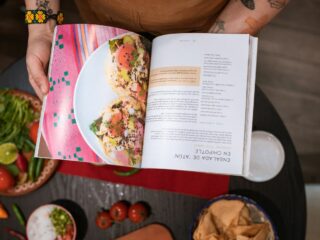
Imagine preparing your favorite cookie recipe. But instead of the usual fluffy, chewy delights, they end up hard as rock. You’d wonder what happened. Often, the culprit is inaccurate measurements. Too much flour or not enough baking soda can entirely shift the texture. It’s a poignant example that brings to light why determining cups and quarts, teaspoons and tablespoons, matter in the culinary world.
Accurate measurements aren’t solely about taste and texture. They’re a health matter too. Let’s consider the nutritional aspect. If a recipe calls for a certain amount of fats, sugar, or salt, and the cook doubles it, it no longer adheres to the dietary guidelines. Someone tracking their caloric or sodium intake would be thrown off by dishes inaccurately measured.
In essence, it’s not just about converting measurements but also about evolving an intuition for quantities and adapting recipes accordingly. The key is to imbibe these tips into your cooking routine, turn them into habits, and watch your culinary skills soar.
100 GR Tepung Berapa Sendok Makan – Making Your Time In The Kitchen More Enjoyable
